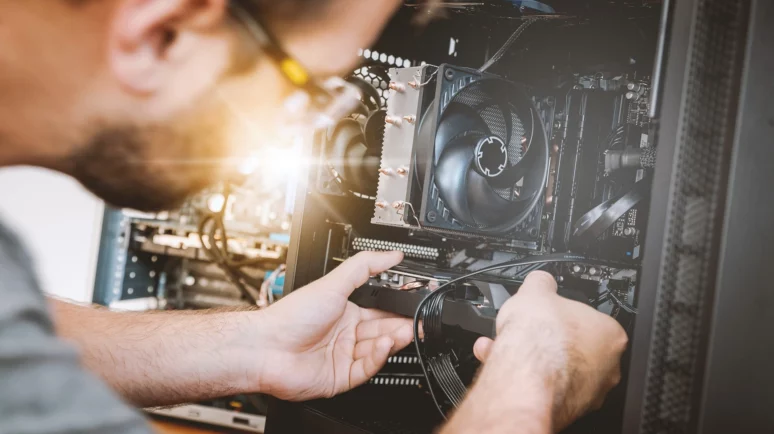Ethereum Layer 2 Gas Fees: Are L2 Tokens Primed to Pump Post-Dencun?

Dencun is set to reduce Layer 2 gas fees by around 90%. Photo by Thomas Banneyer/picture alliance via Getty Images.
Key Takeaways
- Ethereum will implement the Dencun upgrade in mid-March.
- The hard fork will curb Layer 2 gas fees by streamlining the way Ethereum inscribes data.
- Thanks to lower fees, transaction activity could surge, providing a potential boost for L2 tokens.
Ethereum’s Dencun upgrade, which should take place in mid-March, will implement Ethereum Improvement Proposals (EIPs), including the eagerly anticipated EIP-4844. For Layer 2 rollups, EIP-4844 promises to dramatically curb network fees by reducing the amount of data they need to inscribe on Ethereum
With L2 gas fees on course for as much as a 90% reduction, both optimistic and zero-knowledge rollups could witness a significant boost in transaction activity. In turn, L2 tokens could rally off the back of increased attention from traders and developers.
How Much Will Dencun Cut L2 Gas Fees?
According to crypto analyst Miles Deutscher, gas fees for major L2s are set to decrease by around a factor of 10 once the Dencun upgrade comes out.
For example, the average cost of a Decentralized Exchange (DEX) token swap on Optimism is expected to fall from $0.38 to just $0.04.
Deutscher said: “This will act as a positive catalyst for the entire ecosystem, from DeFi apps, to gaming and on-chain trading.”
A Boost to DeFi
While alternative blockchains have cultivated nascent DeFi scenes, the most significant proportion of DeFi activity occurs in the Ethereum ecosystem.
Of this, most trading traditionally took place on Ethereum itself. However, a general migration away from the base network has seen L2 DEX deployments take an increasingly large share of the total DeFi trading volume.
For example, Uniswap V1 only operates on Ethereum. However, V2 and V3 are also deployed on Arbitrum, Avalanche, Base, Celo, Optimism, Polygon zkEVM, and zkSync Era. While not endorsed by the Uniswap DAO, the open-source protocol is also available on other rollups.
As of February 23, the most popular L2 Uniswap deployment on Arbitrum had more than $2.6 billion total value locked (TVL). In contrast, the Layer 1 version had just $2.3 billion .
Looking ahead, Layer 2 DeFi is set to accelerate further as post-Dencun. As a result, the gas fee discrepancy between Ethereum versus L2s will be even more pronounced.
On one hand there are important security trade-offs that come with moving assets off a blockchain. However, given the lower cost of trading, as well as staking, lending and borrowing, on rollups, there will be a greater incentive than before to migrate capital to the L2 ecosystem.
Which L2 Tokens Will Benefit Most From Dencun Upgrade?
Two of the most important factors contributing to the price of L2 tokens are the transaction volumes recorded by different rollups and their respective TVL.
As things stand, Arbitrum leads as the Layer 2 platform with the highest TVL. This currently stands at over $3.5 billion, spread across more than 500 applications. On most days, Arbitrum One is also the L2 rollup with the highest transaction volume.
With its strong metrics, Deutscher said Arbitrum would be one of five L2 projects that could benefit most from Dencun. The ecosystem is certainly alive with activity. Thanks to Arbitrum Orbit, it is home to a growing number of Layer 3 rollups. For instance, the ApeCoin DAO recently selected Arbitrum to support a new NFT and gaming platform, ApeChain.
Other L2s Deutscher highlighted include Optimism, Polygon, COTI and Mantle. If his forecast is correct, that means ARB, OP, MATIC, COTI and MNT could be on track to pump once the upgrade ships in March.


